Located on the slopes of southern Crete’s Asterousia mountains, where the Geropotamos (Ieropotamos) River meets the Messara plain, you’ll find the village of Kamilari. This village has a long history, beautiful scenery, and an interesting story of how its population has changed over time. The earliest mention of the name Kamilari dates back to the 14th century. Its earliest mention appears in a 1370 document from the Ducal Archive of Crete, where it is referred to as “Camilari.” The settlement is also documented in Venetian and Ottoman records, providing insights into its administrative and demographic evolution.
The etymology of the name “Kamilari” is subject to debate among scholars. One theory suggests it originates from the Byzantine family name “Kamelaris,” while another proposes a connection to the term “Hamilon Oros,” meaning “Low Mountain,” which could be a reference to the local topography.
Throughout its history, Kamilari has experienced fluctuations in its population. In the 1834 Egyptian census, it was recorded as “Khamelari” with 30 Christian families. By 1881, it had 313 Christian residents and was part of the Tympaki municipality. The population continued to grow, reaching 385 residents in 1900. However, like many other settlements in the region, Kamilari saw a decline in population in the latter part of the 20th century, with 289 residents recorded in the 2001 census.
In addition to its historical, Kamilari is also known for its archaeological importance. The surrounding area features several sites of interest, the most important of which is the Minoan settlement of Phaistos.
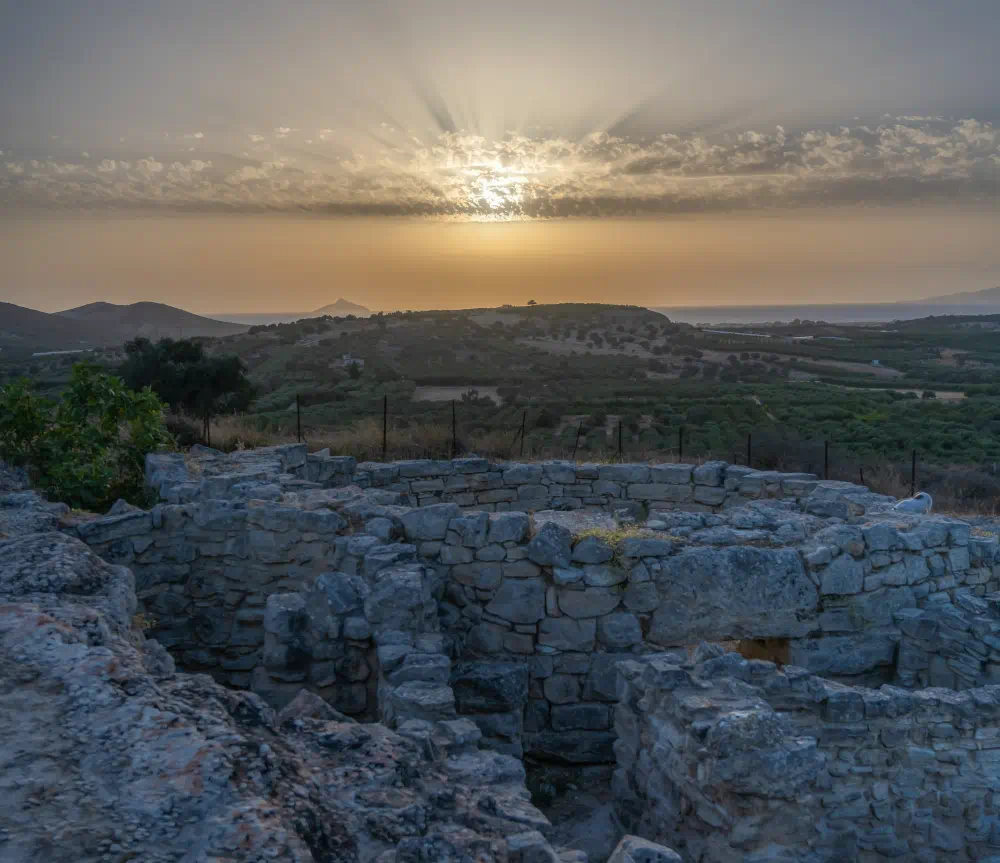
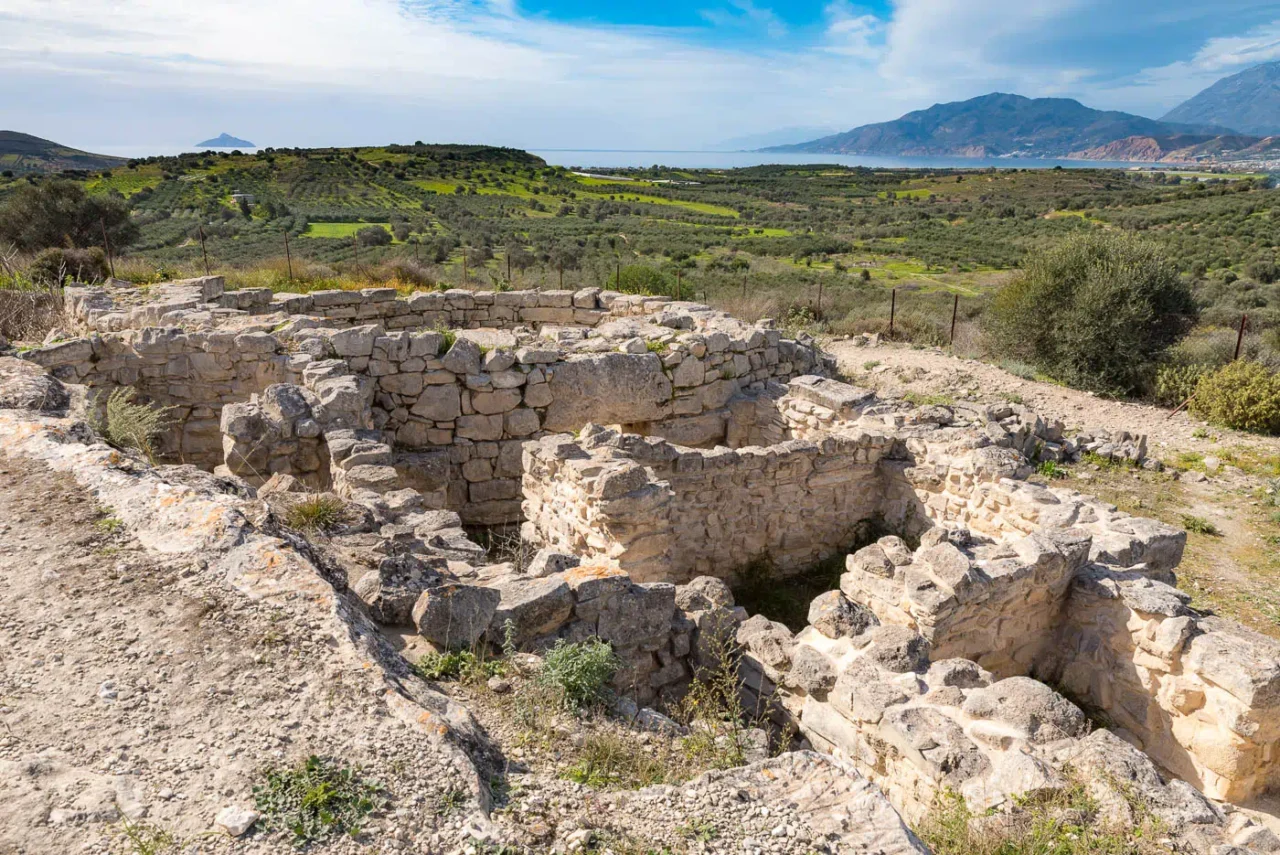


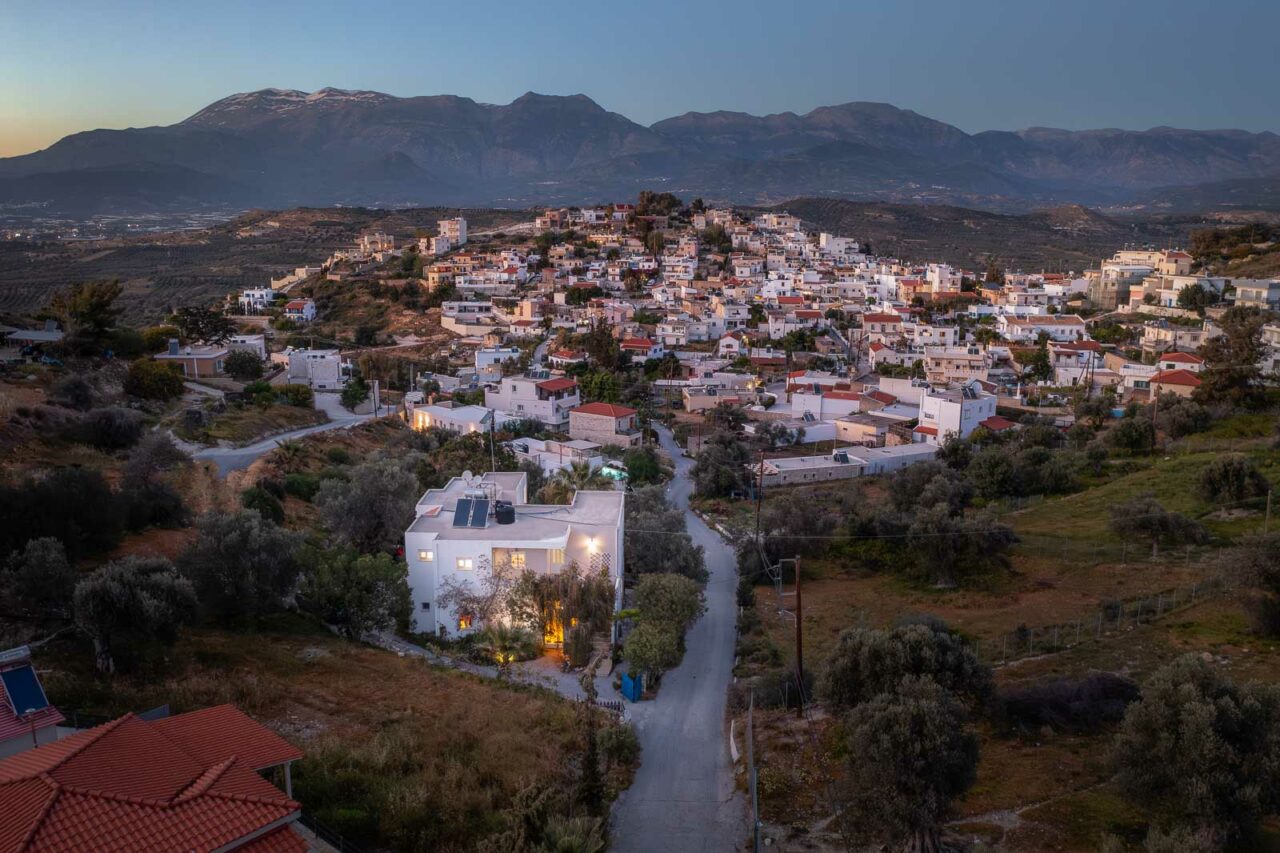
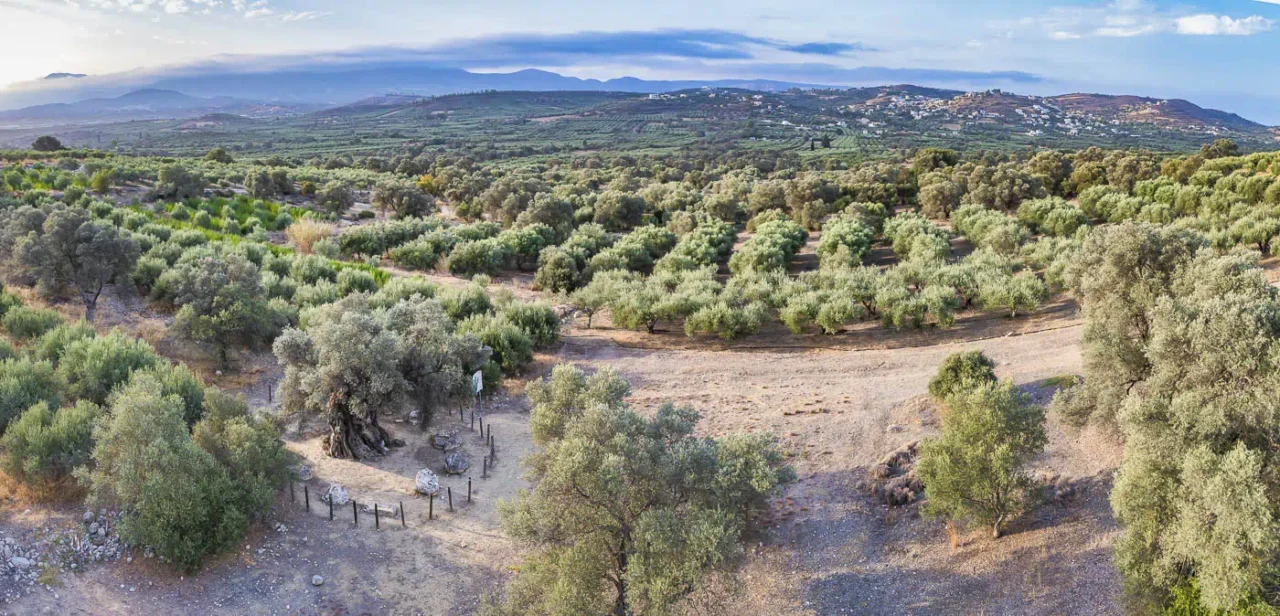
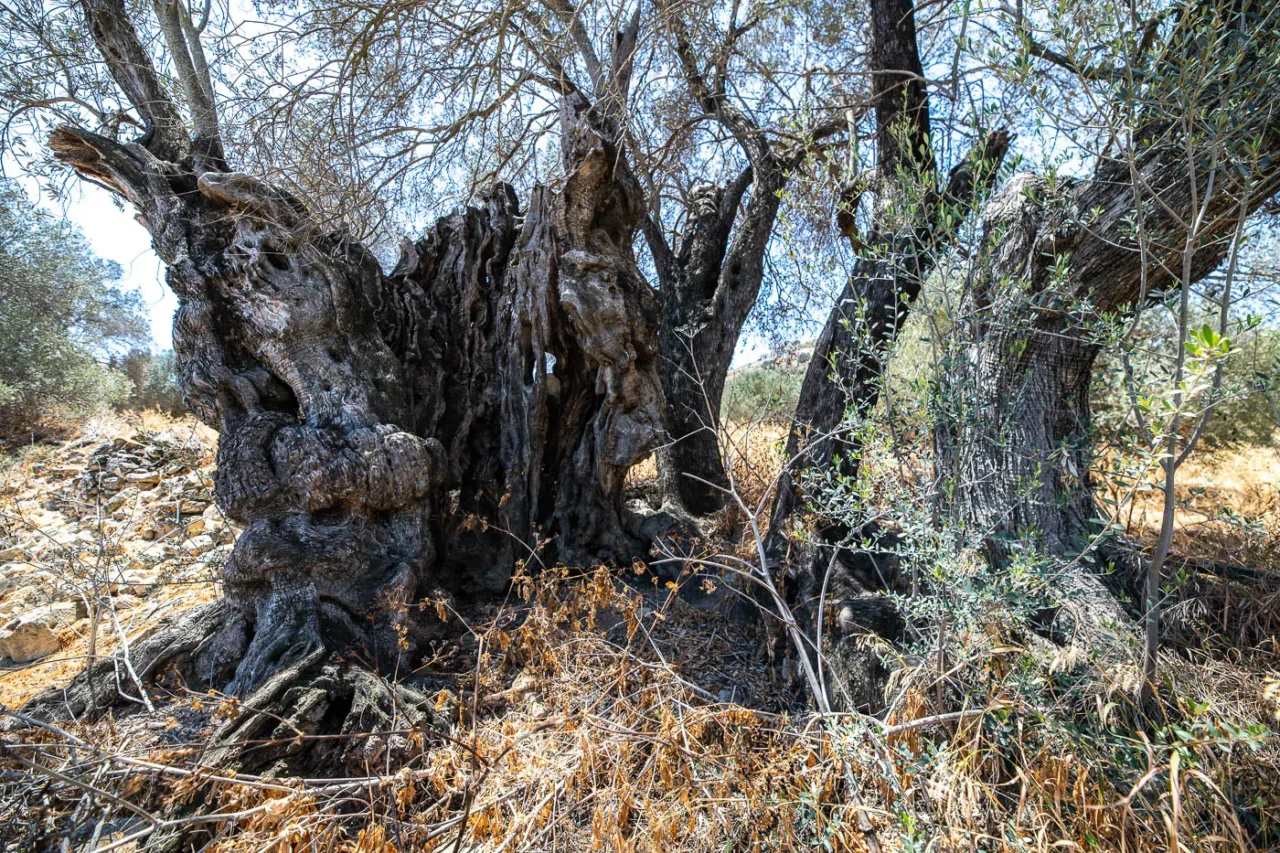
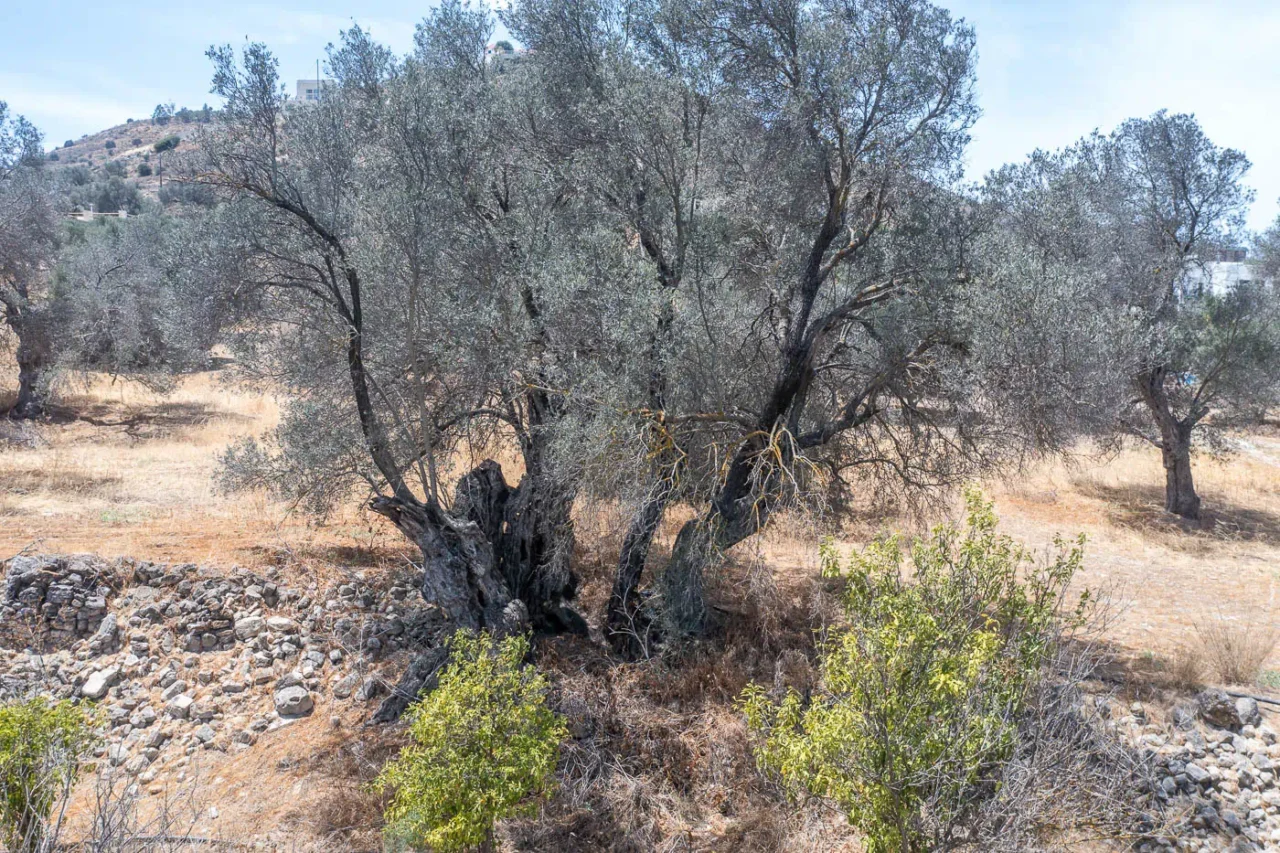
A Journey Through Time
Kamilari’s history goes back to the Minoan era, a time when Crete was a thriving civilization known for its advanced architecture, intricate art, and sophisticated writing system. You can find evidence of this ancient culture nearby, with Minoan tombs located amongst the olive groves. The village itself has been continuously inhabited since ancient times. It’s even said that the wise man Epimenides, one of the Seven Sages of Greece, lived in a small community just outside Kamilari called Metochi.
Exploring the Minoan Legacy
A short distance from Kamilari lies the renowned archaeological site of Phaistos, a Minoan palace dating back to the second millennium BC. Exploring Phaistos reveals the impressive architecture of the Minoan civilization, with its maze-like corridors, large courtyards, and detailed frescoes. The site also has a big storage area where they found clay tablets with Linear B script, one of the earliest writing systems in Europe.
The Minoan influence in the area extends beyond Phaistos. Closer to Kamilari, you’ll find the Kamilari Tholos Tomb, a unique beehive-shaped burial chamber providing insight into Minoan funerary practices. Further afield, the Minoan villas at Kalamaki and Pitsidia offer a glimpse into the daily lives of the Minoan elite, with their well-preserved rooms, courtyards, and even remnants of frescoes. These sites collectively paint a vivid picture of the Minoan civilization’s presence and impact on the region surrounding Kamilari.
More Than Just Minoans: A Mix of Cultures
Pre-Hellenistic Era
The presence of human civilization in the area is confirmed by the discovery of a bothros (a deep pit used for religious purposes) containing terracotta figures. These figures, dating back to the Geometric period, the earliest evidence of human presence in the area, are adorned in long chitons, similar to those found in the Argive Heraion.
The Archaic period (c. 700-500 BC) witnessed a surge in the number and diversity of terracotta figures, including the first seated figures. These figures, both peplophoroi and chiton-clad, often held a phiale (a shallow libation bowl) or a bird. The Classical period (c. 500-323 BC) is marked by a further increase in seated female figures, particularly peplophoroi, often adorned with a polos (a tall, cylindrical headdress) or a wreath.
Hellenistic and Roman Era
The Hellenistic period (323-31 BC) saw a decline in the production of terracotta figures, but the area remained an important religious center, as evidenced by the discovery of a bothros containing figures from the Geometric to Classical periods.
The Roman period (31 BC-330 AD) is evidenced by the recent discovery of Roman tombs next to Kamilari.
A Place for History Buffs and Nature Lovers
Visiting Kamilari isn’t just about enjoying the sun and the quiet atmosphere; it’s a journey through Crete’s fascinating history. From the Minoan era to the Roman period and beyond, this village and its surroundings offer a look into the island’s past. If you’re into history, exploring the archaeological sites of Phaistos and Kamilari, including the Roman tombs, gives you a glimpse into how ancient people lived. If you love nature, you’ll enjoy the village’s peaceful setting, surrounded by olive groves and with great views of the countryside.
Population Changes Over Time
Historical records give us a detailed timeline of how Kamilari has changed, including how its population has grown:
- Early Records: The earliest written mention of the village as “Camilari” is from 1370, showing it existed even during Venetian rule (1204-1669).
- Ottoman Era: Census data from the Ottoman period (1669-1866) tells us there were 21 households in the village in 1671. The 1834 Egyptian census mentions “Khamelari” with 30 Christian families.
- 19th Century Growth: Official population records from the 19th century show steady growth. In 1875, Kamilari had 250 Christian residents, increasing to 313 by 1881. By the start of the 20th century, the village had 386 inhabitants.
- 20th & 21st Centuries: The population kept growing in the 20th century, with Kamilari reaching its highest population of 515 residents in 1951. Since then, the population has gone up and down, with the 2011 census recording 481 inhabitants.
- Population over the years
YearPopulationNotes158377Camilari1881313Christians1900386192839819813381991339200128920113792021513
A Lively Village Today
Even with changes in population, Kamilari is still a lively community. It’s currently part of the Municipality of Phaistos. The village has an active Cultural Association that organizes cultural events, keeping local traditions and customs alive.
In Conclusion
Kamilari is a reminder of Crete’s rich and long history. It offers visitors a look into the island’s past while also being a peaceful place surrounded by natural beauty. From its ancient roots and interesting population changes to its lively present, Kamilari is a great place to visit for history buffs, nature lovers, and anyone looking for a unique experience in Crete.
References
Manetaki, Sophia. 2011. Terrakotta-Figuren aus dem hellenistischen Zentral-Kreta: Knossos, Kamilari und Astritsi. Dissertation (Terracotta Figurines from Hellenistic Central Crete: Knossos, Kamilari and Astritsi. Dissertation), Universität Salzburg.













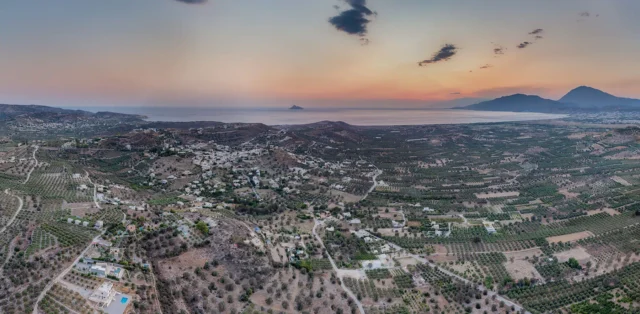

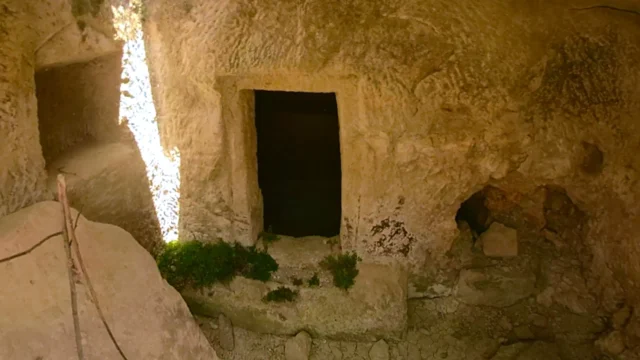

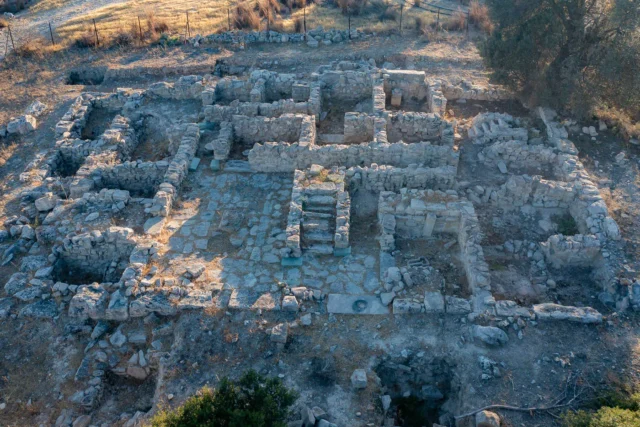
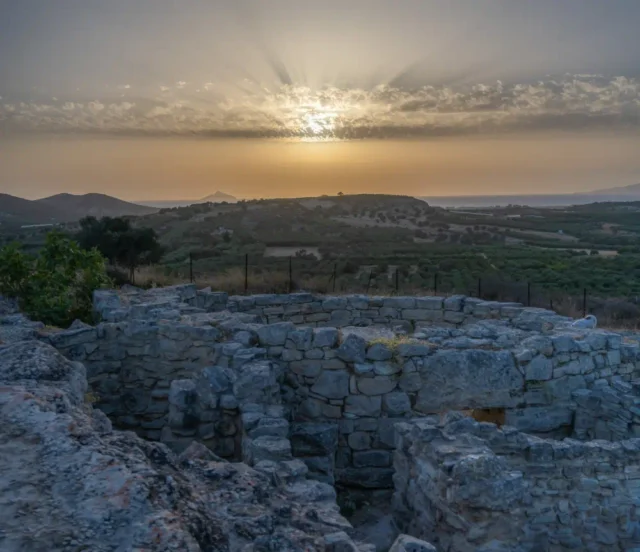
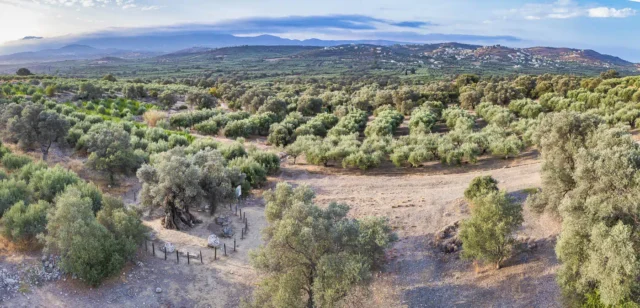

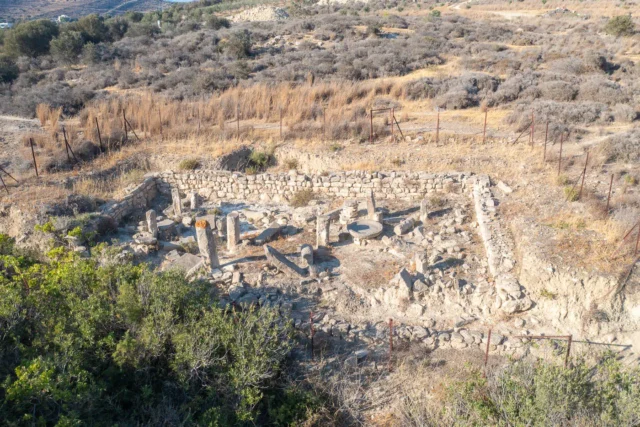
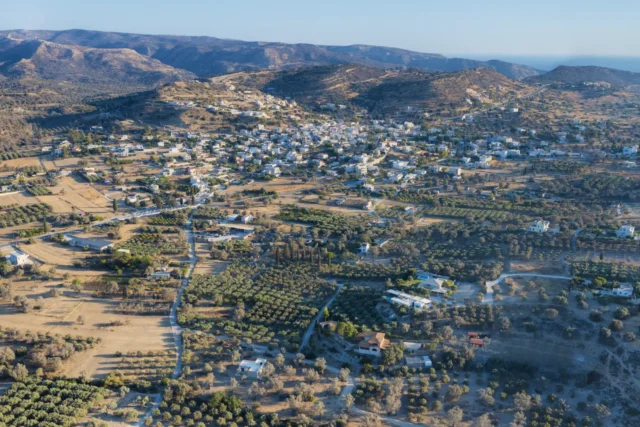
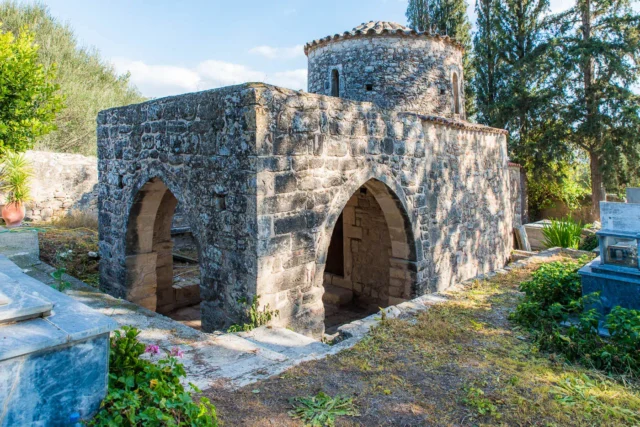


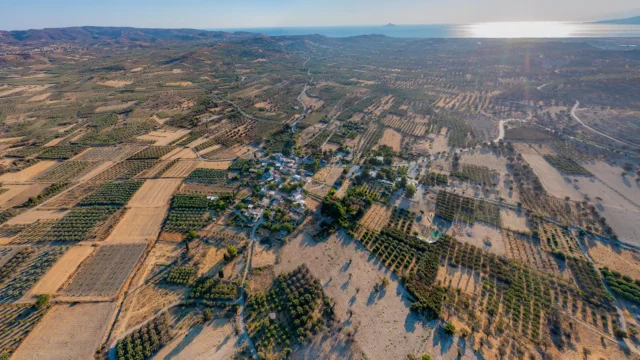
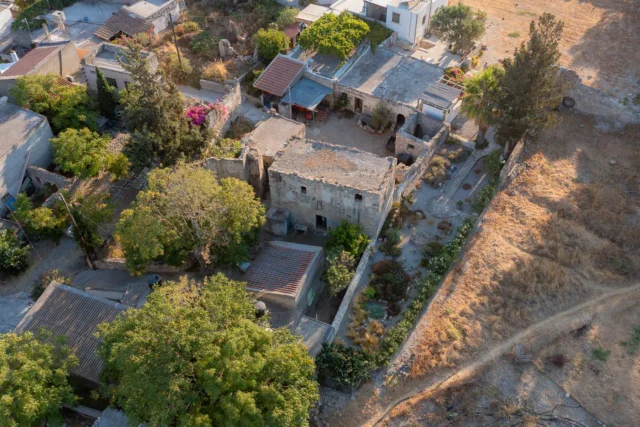
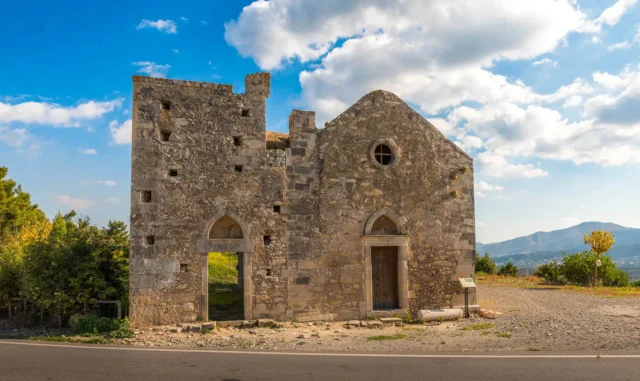
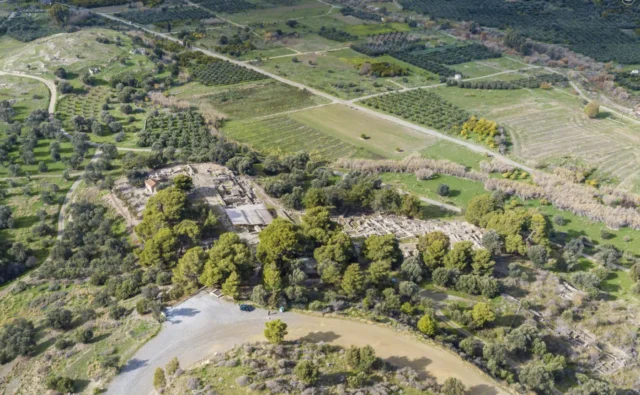
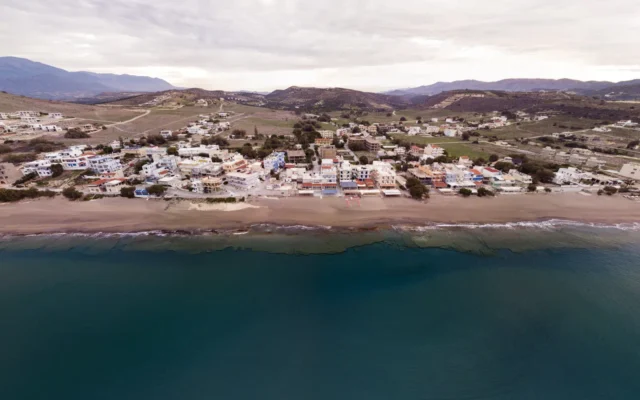
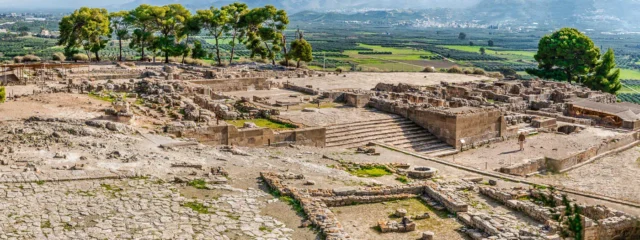
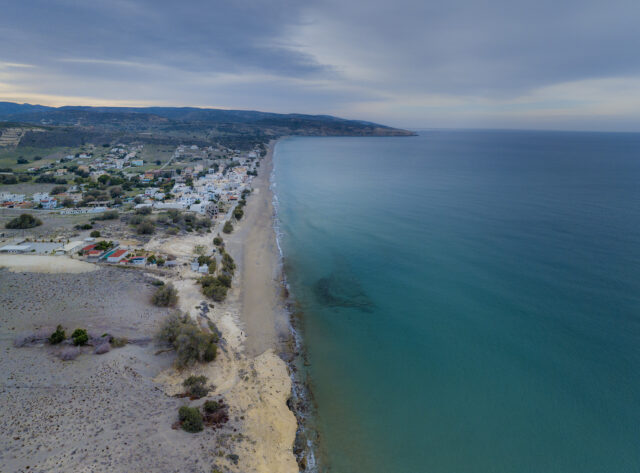

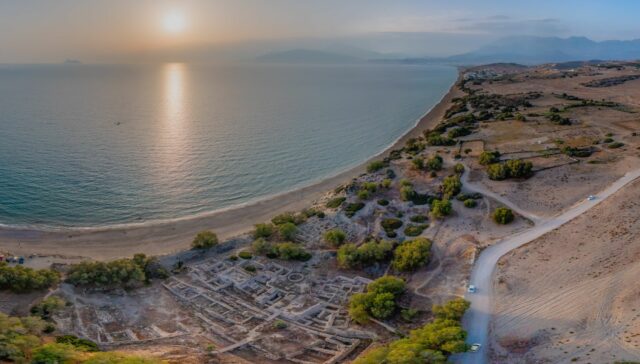
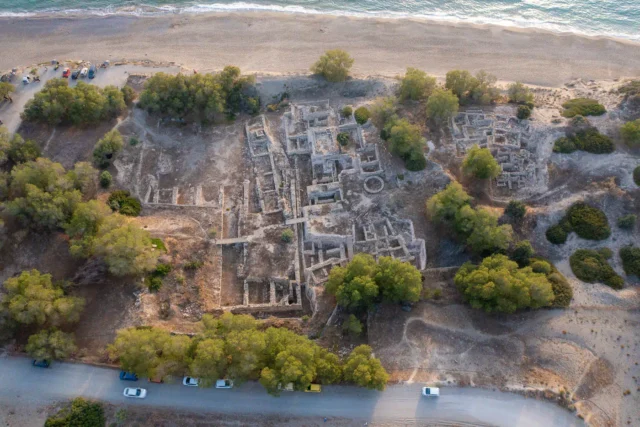

There are no comments yet.